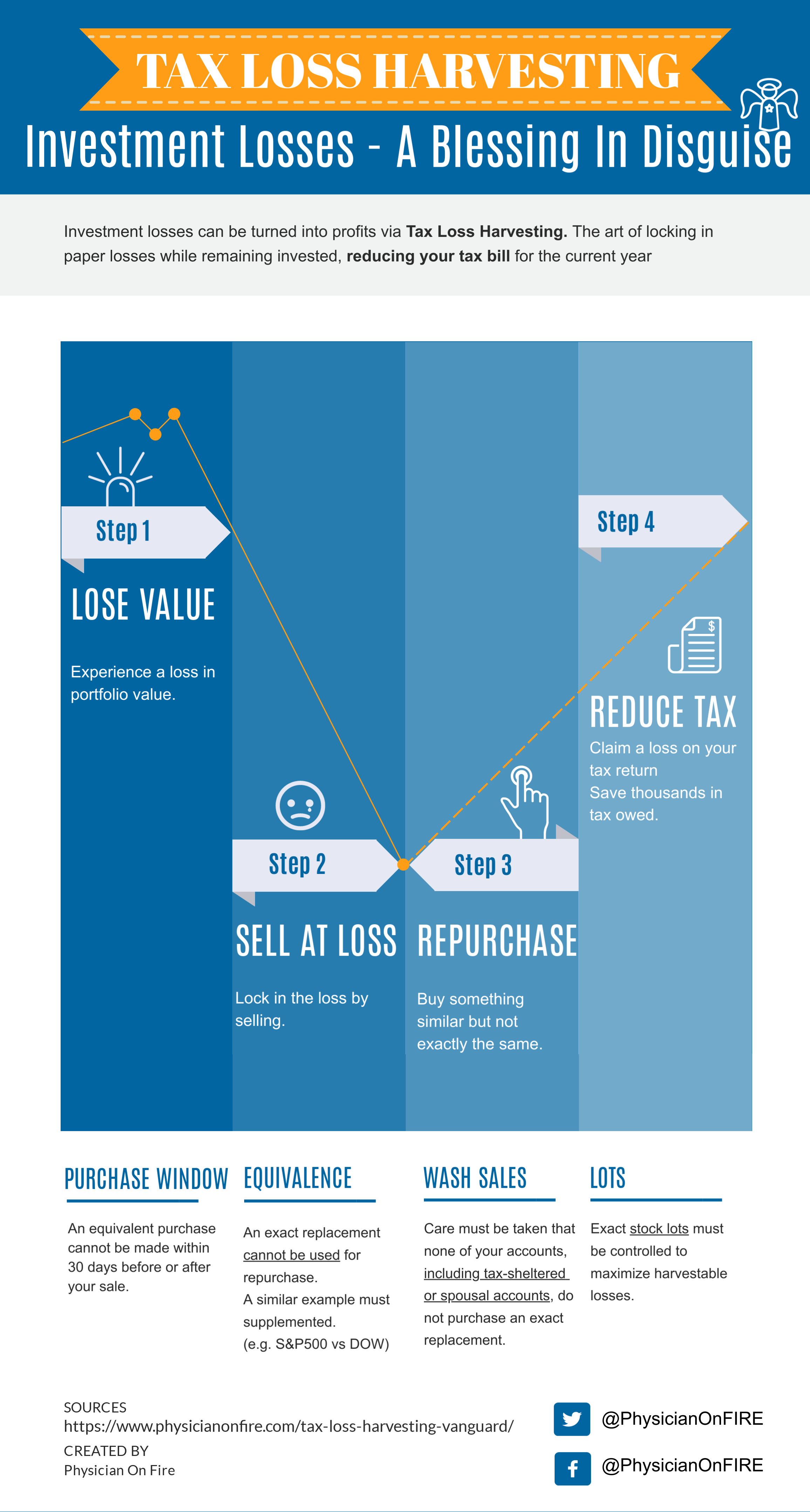Maximize Your Tax Deductions with Section 199a Worksheet

Understanding how to navigate tax deductions effectively can significantly impact your financial health, particularly if you’re running a small business or operating as a sole proprietor. Section 199A of the Internal Revenue Code, introduced by the Tax Cuts and Jobs Act of 2017, offers a fantastic opportunity to reduce your taxable income. This section provides a deduction for qualified business income (QBI), which can benefit individuals, partnerships, S corporations, and others involved in certain domestic trade or business activities.
Understanding Section 199A

Before diving into how to maximize your deductions, let’s clarify what Section 199A entails:
- Qualified Business Income (QBI): This is the net amount of income, gain, deduction, and loss from any qualified trade or business, excluding investment-related items, reasonable compensation, and certain other exclusions.
- Qualified Trades or Businesses: Generally, any trade or business except for specified service trades or businesses (SSTBs), which include fields like health, law, accounting, financial services, etc.
- Deduction Limit: The deduction is capped at 20% of your QBI, but this can be limited by your taxable income, income thresholds, and other factors like the W-2 wages paid by your business or the cost of business assets (UBIA).
How to Maximize Deductions

To truly benefit from Section 199A, here are steps and strategies to consider:
1. Identify Eligible Income

Start by determining which income streams qualify under Section 199A. Not all income is eligible, so:
- Separate your business income from capital gains, dividends, or interest.
- Examine whether your business qualifies as a Specified Service Trade or Business (SSTB) which might impose restrictions based on income levels.
2. Understand the Thresholds

Income thresholds play a critical role in the application of Section 199A:
- Taxable Income: If your taxable income is below 160,700 for single filers or 321,400 for joint filers, you can take the full 20% deduction.
- Phase-Out: Above these thresholds, the deduction begins to phase out for SSTBs and might be limited for others based on W-2 wages and the UBIA of qualified property.
3. Optimize W-2 Wages and UBIA

If you’re above the threshold, increasing your W-2 wages or UBIA can help maximize your deduction:
- Increase Wages: Hire more employees or increase the wages of your current workforce.
- Property Investment: Purchase business assets to increase the UBIA, although the calculation can get complicated with depreciation recapture.
4. Aggregate Businesses

If you own multiple businesses, consider aggregating them for Section 199A purposes:
- Businesses can be aggregated if they are operated in coordination, share resources, and provide mutual benefit.
5. Use Tax Planning Tools

Employ tax planning software or seek advice from tax professionals to:
- Estimate your deduction in various scenarios.
- Model different business decisions and their impact on your deduction.
6. Consider Retirement Accounts

Contributing to retirement accounts can lower your taxable income, thus potentially keeping you below the thresholds:
- IRA, 401(k), SEP-IRA, SIMPLE IRA, etc., can reduce your taxable income.
📝 Note: Be aware that certain retirement contributions might themselves be subject to deduction limits.
Creating a Section 199A Worksheet

A worksheet can help you organize and track your potential deductions:
| Step | Description | Your Business Info |
|---|---|---|
| 1. QBI | Calculate your business’s qualified business income. | [Your QBI here]</td> </tr> <tr> <td>2. Taxable Income</td> <td>Determine your taxable income for the tax year.</td> <td>[Your Taxable Income here] |
| 3. W-2 Wages | Add up the wages paid to employees. | [Your W-2 Wages here]</td> </tr> <tr> <td>4. UBIA</td> <td>Sum the unadjusted basis immediately after acquisition of qualified property.</td> <td>[Your UBIA here] |
| 5. Deduction Calculation | Calculate your deduction using the IRS formula. | $[Your Deduction here] |

To end, maximizing tax deductions with Section 199A requires careful planning and a thorough understanding of the tax code. By identifying qualified income, understanding income thresholds, optimizing business practices, aggregating businesses where beneficial, and using tax planning tools, you can take full advantage of this section. Remember to keep good records and possibly consult with a tax professional to ensure compliance and to explore every avenue for reducing your tax liability effectively.
What is qualified business income?

+
Qualified Business Income (QBI) includes the net amount of income, gain, deduction, and loss from a qualified trade or business, excluding investments, reasonable compensation, guaranteed payments, and income excluded by other sections of the tax code.
Can I still get the deduction if my business is an SSTB?

+
If your business is classified as a Specified Service Trade or Business (SSTB) and your taxable income exceeds certain thresholds (160,700 for single filers or 321,400 for joint filers in 2020), the deduction phases out until it’s no longer available.
How do I calculate W-2 wages?

+
W-2 wages include the total wages paid to employees and reported on Form W-2, box 1. This includes the salary or hourly wages plus any bonuses, commissions, or other forms of compensation.